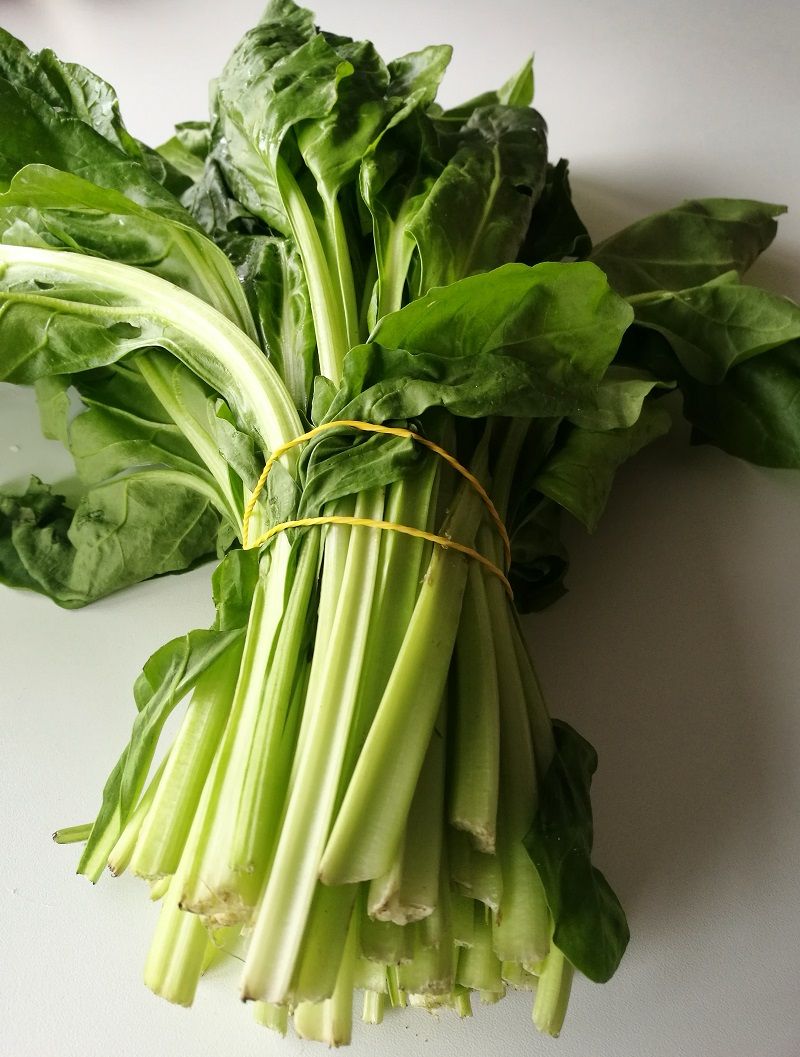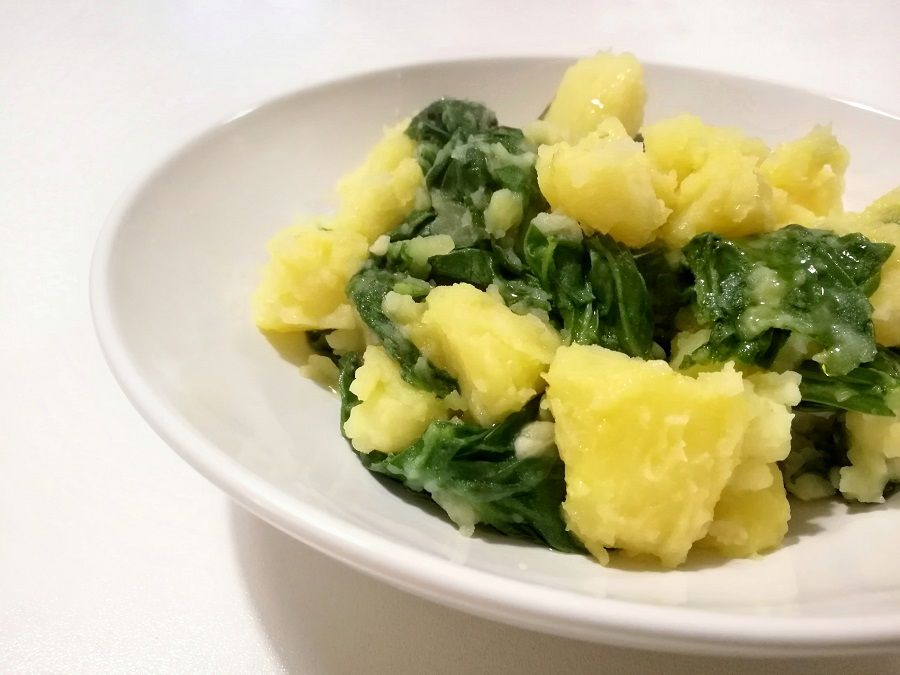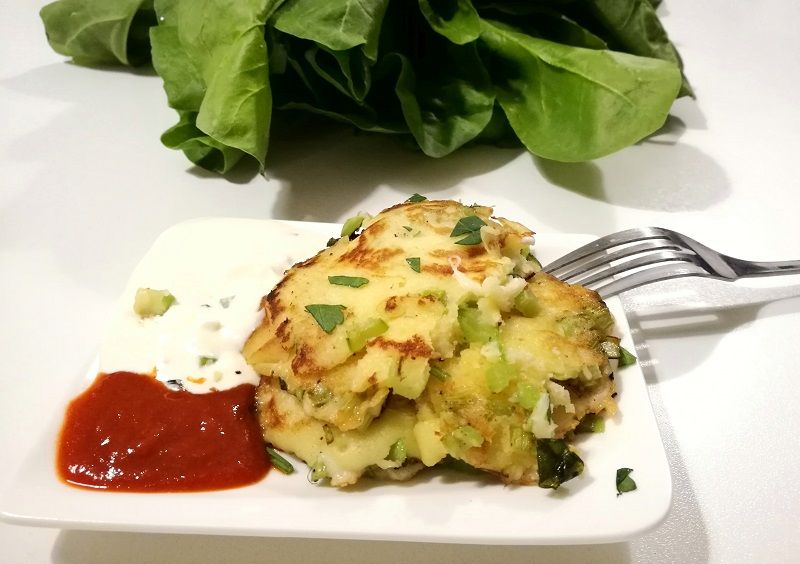Croatian food is rich, healthy and diverse. Get to know it in more detail through our new series, 101 Tastes of Croatia: We are delighted to welcome Tea Hržica to TCN on November 21, 2017, to start us on our gourmet journey through Croatia with a firm Dalmatian favourite, blitva.
For as long as Croats have existed, blitva has been a part of their menu. I’m pretty certain that when the five brothers and two sisters came to the Adriatic shore (according to the most popular legend of how we got to be who we are) back in the 7th century, the first thing they ate was some blitva sauteed with garlic and olive oil (lešo as we call it). The plant itself is a leafy green biennial vegetable with large leaf stalks and broad dark green leaf blades. It is native to the Mediterranean area and is used for culinary purposes in many countries, but no other country refers to it as the holy grail of green vegetables except for, you guessed it, Croatia. A part of Croatia to be exact. Blitva is native to the sea side region known as Dalmatia, while the continental side remains indifferent to its majesty. The continentals even coined the term blitvar (a person eats blitva) which is derogatory for an inhabitant of the coast aka Dalmatinac. Being a pure continental chick with a pedigree of more than 7 centuries and still enjoying this lush vegetable, I serve as an exception and here are my reasons why you should eat this vegetable too:

-
It contains more than 13 antioxidants.
-
Is full of folic acid (heads up mothers to be).
-
Doesn’t lose any nutritional value with cooking but loses its bitterness.
-
Can be frozen without getting harmed (which means you can eat all year long, whoopty doo).
-
If planted, grows everywhere.
-
Makes you put on a Mišo Kovač LP and dream about the seaside.

What may seem as yet another tedious veg you’d gladly push around the plate and flush down the drain is Top of the Pops for an average Dalmatinac. The most common way blitva is consumed in Croatia is blanched and sauteed with olive oil and garlic, often accompanied with boiled potatoes. This is a perfect side dish for fish and is very common in restaurants on the coast. With a little bit of love and care you can turn this vegetable into something wonderful and here are two recipes to prove that.

-
If you want to awaken the Croatian roots in you, or just try something new here’s a recipe for chard with boiled potatoes aka krumpir s blitvom.
Servings: 2
Ingredients:
-
8 small potatoes
-
500 g of chard
-
2 garlic cloves
-
Olive oil
-
Salt, pepper
Instructions:
-
Peel and cut the potatoes in 2 cm cubes. Add to the salted boiling water along with the sliced chard stalks and cook for 15 minutes. Add the roughly chopped leaves and cook for 5 more minutes and then drain.
-
Add a lug of good quality olive oil to a saucepan and lightly heat up. Add the chopped garlic and fry for 1 minute until slightly golden and aromatic. Add the chard and potato mixture and cook for 2-3 minutes. Season to taste and serve as a main dish or a side dish to fish/white meat.
-
Although Croats are big on traditional recipes, this one was developed in order to use the stalks that are often neglected and give it a more hipster twist. I present to you chardy pancakes

Servings: 2 (4 small pancakes per person)
Ingredients:
-
2 big handfuls of chopped chard stalks
-
1 garlic clove
-
1 egg
-
3 tablespoons of flour
-
3 tablespoons of heavy cream (at least 30% fat, such as creme fraiche)
-
2 handfuls of grated cheese such as gouda
-
4 tablespoons of olive oil
-
salt
Instructions:
-
In a bowl mix together egg, flour, cream and a pinch of salt until you get a thick batter, like for American pancakes.
-
Add 2 tablespoons of olive oil to a non-stick frying pan with half a garlic clove. Add the handful of chopped chard stalks and sautee on a medium heat for two minutes. Then add a handful of grated cheese and fry for a further minute.
-
With a spatula separate the chard into 4 small bunches. Cover each bunch with a table spoon of pancake batter, flatten it out and fry for 2-3 minutes. Flip each one over and fry for 2 more minutes.
-
Repeat this one more time.
-
Serve the pancakes staked one on top of the other with some cream and hot sauce on the side.
If still doubtful about giving this lovely veg a try take into consideration that my roommate had seconds of each meal. And she’s an American. Case closed.











